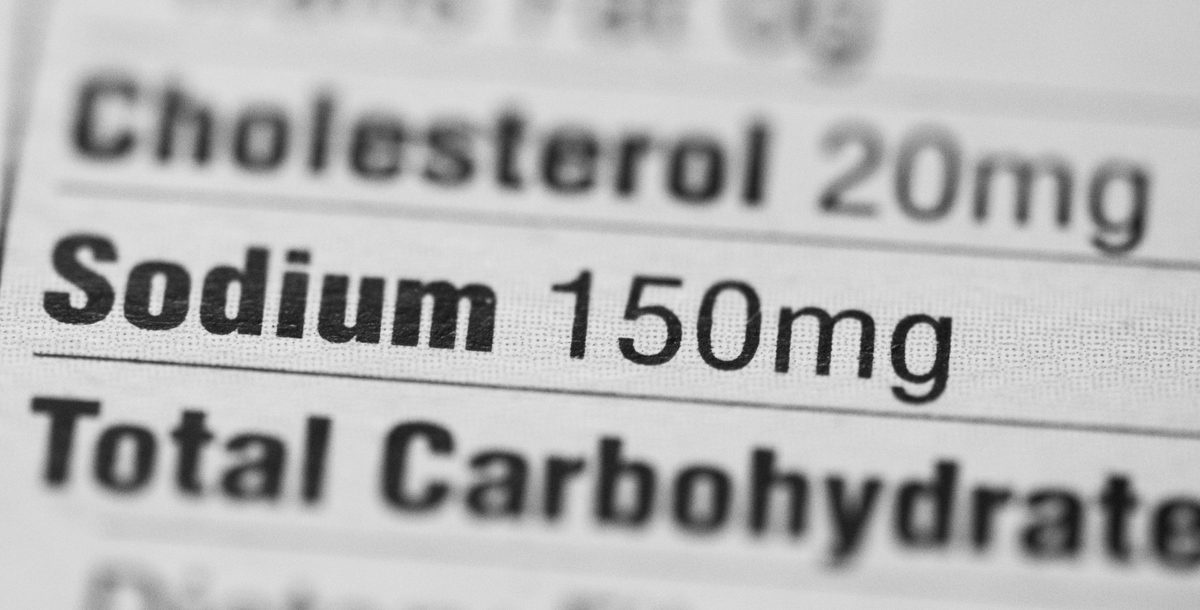Since the COVID-19 pandemic began, it has become harder to find exactly what you want at the grocery store. For people trying to follow a low-sodium or reduced-sodium diet for their health, that presents a real challenge.
The U.S. Department of Health & Human Services’ Dietary Guidelines for Americans recommends that adults take in no more than 2,300 milligrams of sodium per day — the equivalent of just one teaspoon of table salt.
However, the average American consumes much more than that: about 3,400 milligrams of sodium every day. Packaged goods, prepared foods and eating out account for roughly 70% of that sodium.
Common products with high levels of sodium:
- Cheese
- Canned vegetables, beans, soups and meats
- Breads and prepackaged grain products like flavored instant rice
- Sauces, dressings and condiments (such as ketchup and barbeque sauce)
- Processed meats like deli meat, sausages and hot dogs
- Savory snacks like chips, crackers and nuts
- Fermented foods like olives, pickles and sauerkraut
Read the label
When you’re shopping, be sure to read the labels, which can help guide you to better options. But remember, not all labels are created equal when it comes to sodium content. Be sure to check the portion size as well. You may be eating more than one serving of an item and thus more sodium than you think.
- “Reduced Sodium”: A minimum of 25% less sodium than the standard version of the product. The product may still have a relatively large amount of sodium.
- “Light in Sodium” or “Lightly Salted”: A minimum of 50% less sodium than the standard version of the product
- “Low Sodium”: 140 mg of sodium or less per serving
- “Very Low Sodium”: 35 mg of sodium or less per serving
- “Sodium Free”: Less than 5 mg of sodium per serving
- “No-Salt-Added” or “Unsalted”: Although the produce may contain some sodium naturally, no salt or sodium has been added during processing.
Do you have higher-sodium items already at home? Instead of throwing them away, try these tips for reducing their sodium content.
How to reduce the sodium in high-sodium foods
- Canned foods (ex: vegetables, beans, tuna, soups) and cottage cheese
- Drain the liquid
- For even lower sodium, drain the liquid and rinse the food
- For the lowest, drain and rinse for three minutes
- Mix salted and unsalted versions of the food to spread out the sodium over multiple portions
- Use less sauce, dressing and condiment
- Put the salad dressing on the side and dip your fork into it before each bite of salad. You’ll taste the dressing in each bite but will use less overall.
- Choose sodium-free flavor enhancers like garlic, onions, ginger, vinegars, citrus or no-salt herb blends.
- When cooking, avoid adding table salt, kosher salt, seasoning salt, sea salt or Himalayan salt.
When it comes to your sodium intake, every little reduction helps. Look for lower-sodium choices when you can. When you can’t, simple adjustments like the ones listed above can make your foods healthier.
Learn more about the nutrition services offered at Bon Secours.





